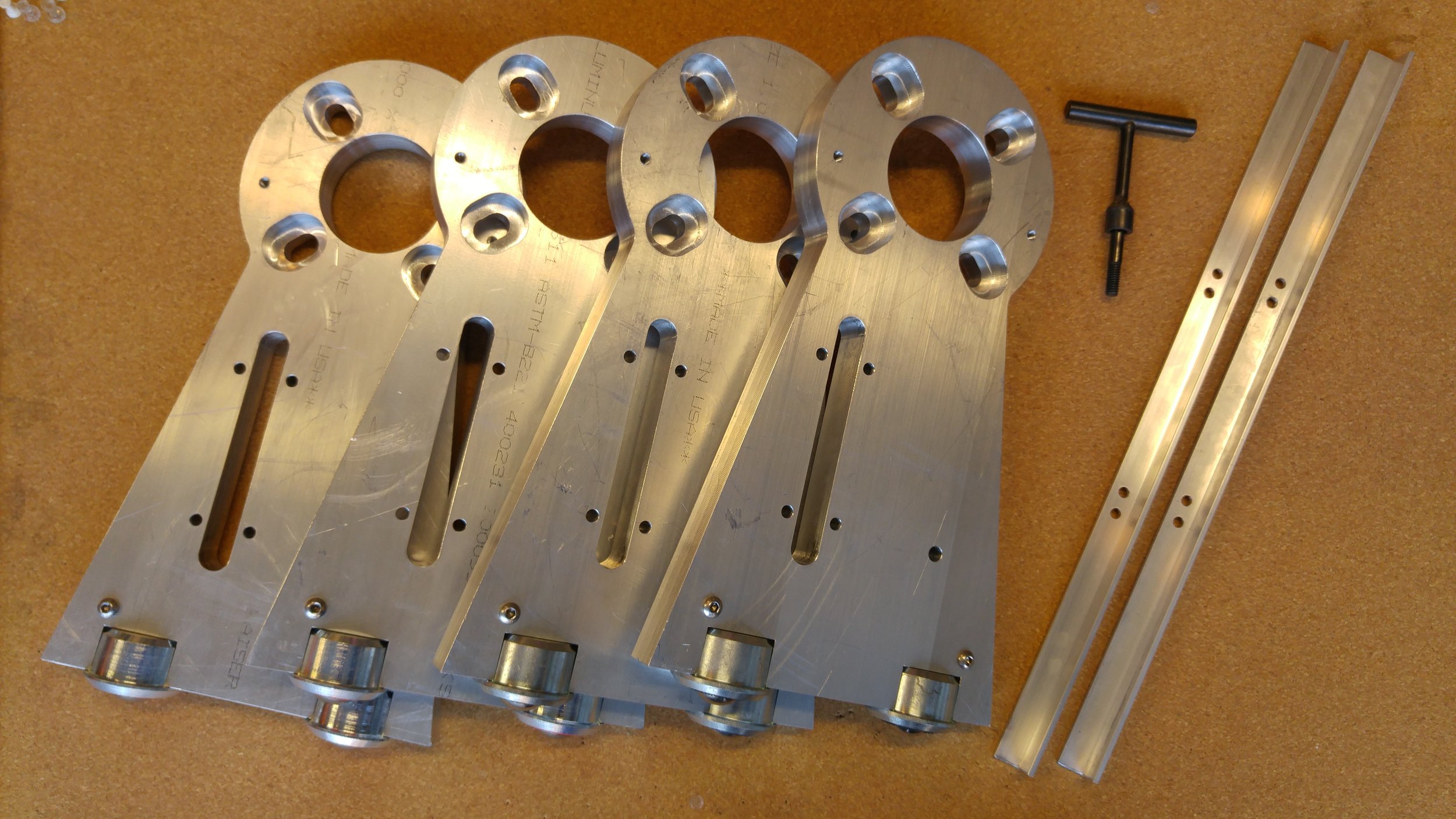
Design your own
Hub Stands
A major entry hurdle to racing is the cost of everything.
Every time you want to make an adjustment you must take your car to a trusted shop. If you haven’t built up a network of trust or just don’t have any locally available then you are at the mercy of buying very expensive tools, especially when it comes to alignment tools. Only other option is to somehow take your non-street legal race car to the local tire shop and hope they do a decent job.
This was my inspiration to fire up the computer and think through some ways to build my own version. I soon found out that large chunks of aluminum are expensive and machining them are equally costly. None the less I continued down my path to create a set of hub stands to perform alignments reliably.
Ended up with a flat set of stands that saves storage space, built out of 1” thick aluminum with heavy duty rollers in the base. Allowing easy access to the suspension and brakes. There are more customizable versions on the market for purchase, but they lack the compactness and simplicity that I strived to maintain in the miata spirit. Additional advantage specifically for early miata’s… they don’t require spacers or adapters to clear the brakes.
Hub height is based on normal 225/45r15 or 205/50r15 sizes that most people run on a spec miata.
They were born out of my desire to solve a problem, but if they fit your needs I’m happy to sell them. A handful of sets are out in the wild helping keep cars aligned. Each hub has a hole and I’d included a T-handle to attach a Longacre Digital Caster Camber Gauge as shown in top image.
Not available for purchase anymore as a set, but they are a great learning adventure. Designs are available below.
I’d love to see your variations and own builds, send in any pictures and I’ll add them here with credit!
For awareness they are still not ‘cheap’ to build. Estimate between $700-1,200 depending on material costs and machinist labor.

Why stop at miata sizes when I occasionally interact with Porsche…
Adjusted the design to account for the larger typical wheel diameter.
Changed the center bore to 71.6 mm
5-lug on 130 mm lug pattern
Tolerances for 14mm x 1.5 lugs
They are working great on the ‘74 911TT project car. Helped out with checking corner weights and bleeding brakes while I was in there.
5-lug patterns designed for a typical 12mm lug (left)

